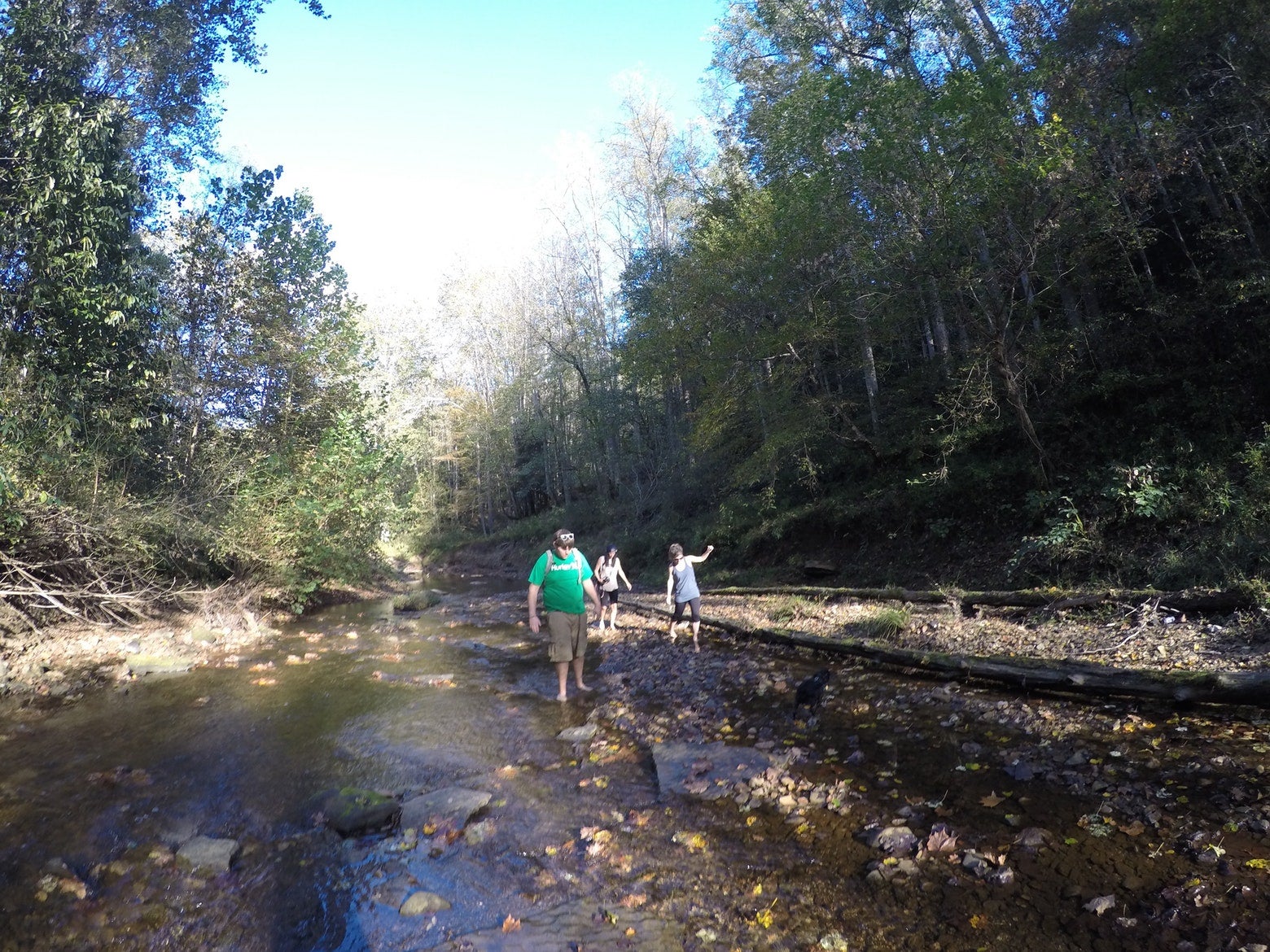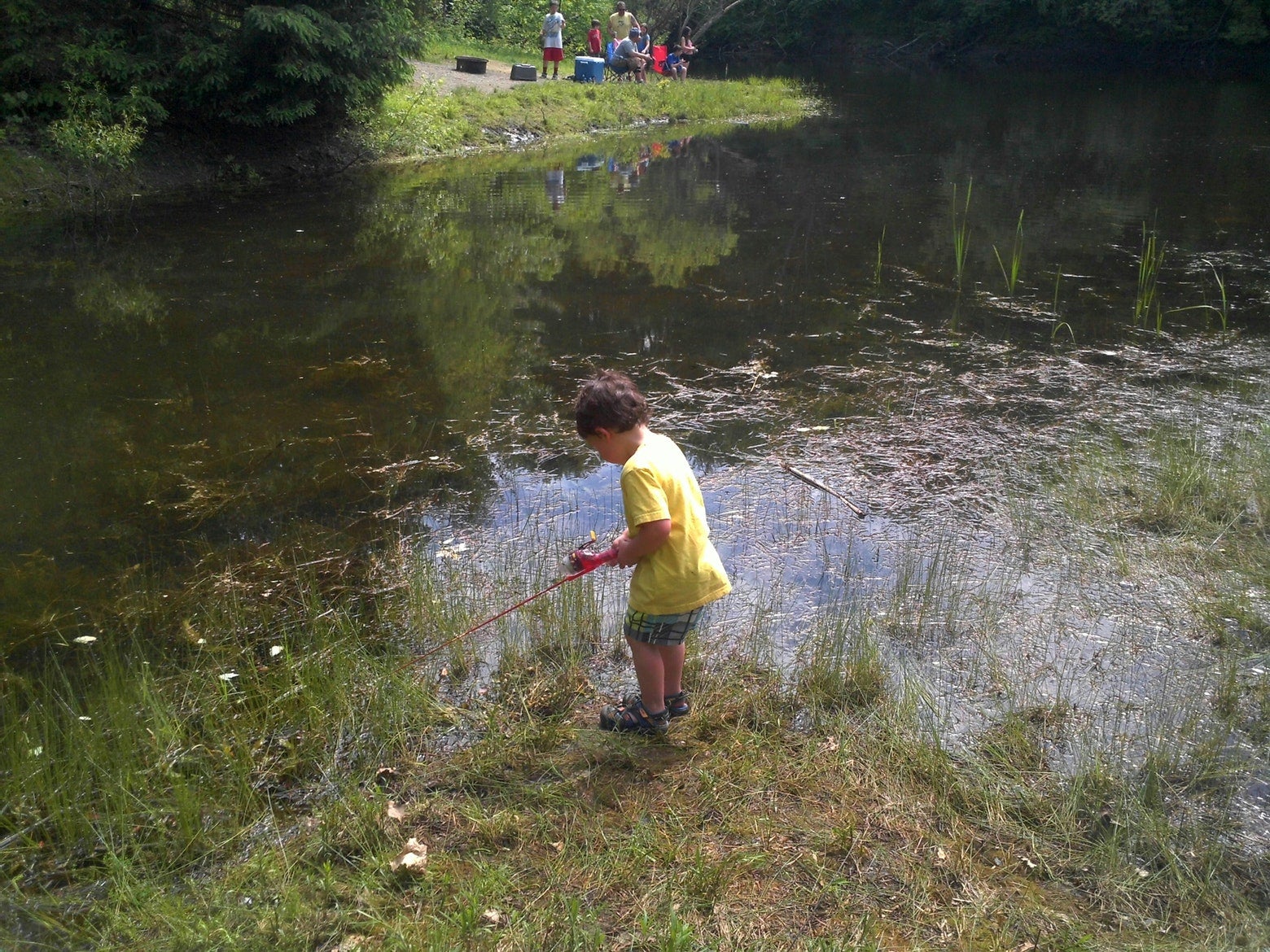You’re having an awesome day at the campground. You’ve queued up the BBQ and cinched down the checkered red and white table cloth to a picnic table. The sun is at its mid-afternoon height, and it’s just hot enough to enjoy the nearby river. You take off your shoes and walk down to the water. Immediately, your arms fly skyward into the balance dance, as you struggle to remain upright on moss-slicked rocks.
Your dog swims out to the middle of the river and splashes around with visible joy. You are not a dog. And you didn’t think to bring water shoes.
Always Bring Your Water Shoes
If you’ve ever spent time at a lake, or waded through riverbeds, you probably know the importance of water shoes — even though so many of us either don’t own them or frequently neglect to bring them.
Why is that? So many outdoor experiences involve water at some point. Even a summertime road trip inevitably leads you to a roadside stream. And water shoes allow you to really get in there, instead of just looking at the water, thinking about how refreshing it would be if you could jump in.
Water shoes don’t only serve to keep your feet protected from rocks and anything else on the lake floor, but they also provide traction on docks, boats, and most things in between. Here are a few reasons why you should pack your water shoes the next time you’re camping, road tripping — or just always.
Water Shoes Provide Traction

Image from The Dyrt user Daniel S. at Clear Creek Campground
Sure, your hiking boots and tennis shoes are great for moving across land, but slippery surfaces are an entirely different situation. Where your hiking boot tread fails, water shoes succeed. Their rubber outers are made specifically to navigate slick areas, and because they fit snugly to your feet, they provide better stability on rocks and boat decks.
They Drain Well
Most water shoes have an integrated drainage system (like the Aeon Water Shoes from Body Glove). This feature is possibly the single-most important feature of a water shoe. The transition from water to land is much easier when you don’t have a gallon of water weighing your feet down.
Water Shoes Keep Rocks Out

Image from The Dyrt user Jeani B. at Bear Run Campground
You know that feeling when slimy river mud grabs your bare feet and sucks them into a mystery swirl of riverbank goo? Water shoes protect you from whatever’s in there.
Deciding between water shoes and sandals is only difficult if you don’t mind having stuff between your feet and your shoes. The indisputable benefit of water shoes is their ability to keep rocks, silt, and whatever else lies on the lake bed, out from under your feet and between your toes.
This may not be a major consideration if you frequent areas that are less rocky and more sandy.
Added Warmth
Neoprene and mesh together provide a happy space for your feet. The combination also provides added warmth and protection. This may not be important in the hot summer months, but if you’re embarking on a river trip in early spring or late fall, you’ll be happy to have the added warmth.
They Work For a Variety of Activities

Photo from The Dyrt user Rachel H. at Sweetwater Creek State Park
Water shoes are not only great for swimming or wading in rivers, they’re also ideal for kayaking, long days on the boat (most are scuff resistant), and SUP-ing. Some are even capable of handling water and land equally well. So if you’re looking to do something adventurous that involves land and sea, consider a crossover water shoe.
Water Shoes Campers Will Love: Aeon by Body Glove
The drainage system on Aeon Water Shoes by Body Glove means you can hop out of the water and wear your water shoes around the campground. The collapsible heel makes them easy to slip on and off so you can easily switch between different outdoor adventures. And never miss a chance to get in the water!



